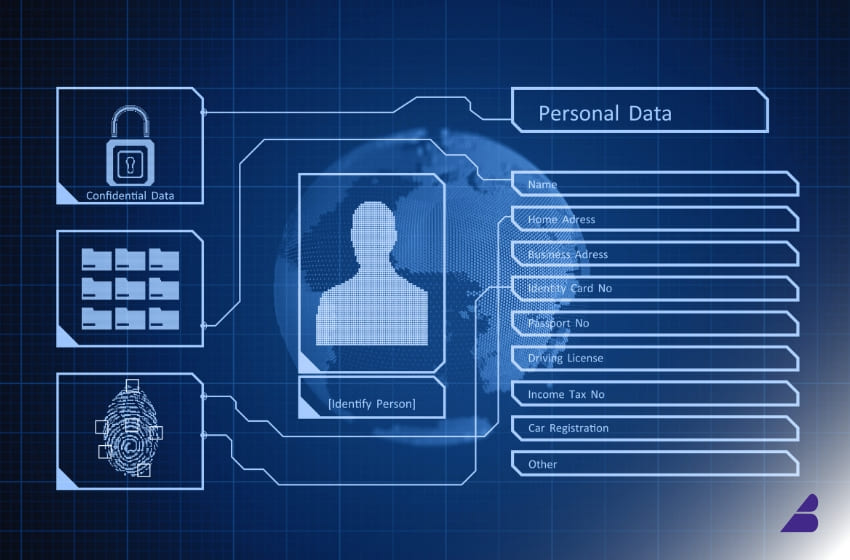
In 2025, consumers expect more than generic marketing—they demand personalized experiences tailored to their needs, preferences, and behaviors. This shift has led to the rise of hyper-personalization in branding, where AI, data analytics, and machine learning create ultra-targeted brand interactions.
But while hyper-personalization offers unmatched engagement, is it going too far? Are consumers comfortable with brands knowing their every move? Let’s explore the future of hyper-personalization, its benefits, risks, and how brands can strike the right balance.
🔍 What is Hyper-Personalization?
Hyper-personalization goes beyond traditional personalization (like using a customer’s name in an email). It analyzes real-time data, AI-driven insights, and behavioral patterns to deliver experiences that feel uniquely designed for each individual.
🚀 Examples of Hyper-Personalization in Action:
✅ Netflix & Spotify – AI-curated recommendations based on past behavior.
✅ Amazon & eBay – Dynamic product suggestions based on browsing and purchase history.
✅ Starbucks & McDonald’s Apps – Personalized discounts and offers based on past orders and location.
✅ Nike & Adidas – Custom shoe designs and exclusive drops for loyal customers.
📌 The Goal: Make every brand interaction feel like it was crafted just for YOU.
📈 Why is Hyper-Personalization on the Rise?
Several factors are driving this ultra-targeted marketing approach:
1️⃣ AI & Machine Learning Capabilities
Brands now have access to AI-powered predictive analytics that anticipate consumer needs before they even express them.
💡 Example: AI-driven chatbots that suggest products based on your past inquiries.
2️⃣ The Demand for Relevance
Consumers are overwhelmed with too much content. They prefer brands that offer meaningful, personalized experiences rather than generic ads.
💡 Stat: 80% of consumers are more likely to buy from a brand that offers personalized experiences.
3️⃣ First-Party Data & Behavioral Tracking
As third-party cookies disappear, brands rely on first-party data (customer interactions, purchase history, app usage) to provide deeper personalization.
💡 Example: Amazon predicting what you might buy next based on past searches.
🎯 The Benefits of Hyper-Personalization
✅ Higher Engagement & Conversion Rates – Consumers are more likely to interact with and purchase from brands that understand their needs.
✅ Stronger Brand Loyalty – When brands make customers feel valued, they stick around.
✅ Improved Customer Experience – Less irrelevant content, more meaningful interactions.
✅ Efficient Marketing Spend – Instead of broad advertising, brands target only the right audience.
📌 Brand Tip: The more relevant your content, the better your results.
🤔 The Risks: Is Hyper-Personalization Creepy?
While hyper-personalization has clear advantages, it also raises ethical and privacy concerns.
🚨 Potential Risks:
❌ Privacy Invasion – Consumers feel uneasy when brands seem to know too much about them.
❌ Data Security Issues – More data collection means higher risks of breaches and misuse.
❌ Loss of Authenticity – Too much automation can feel robotic rather than genuine.
💡 Example:
- A woman once found out she was pregnant when Target started showing her baby products based on predictive analytics.
- Facebook and Google have been criticized for intrusive ad targeting that feels like they’re “listening” to users.
📌 Consumer Reality: 55% of people find personalized ads creepy, but 75% appreciate relevant recommendations.
⚖️ How Brands Can Strike the Right Balance
✔ Be Transparent: Let customers know how and why you’re collecting their data.
✔ Offer Control: Give consumers options to adjust personalization settings.
✔ Use AI Ethically: Avoid being intrusive—recommend, don’t stalk.
✔ Keep It Human: Don’t rely solely on AI; mix automation with authentic human interaction.
📌 Brand Tip: Hyper-personalization should enhance the customer experience, not overwhelm or invade privacy.
🔮 The Future of Hyper-Personalization: What’s Next?
🔹 AI-Generated Personalized Content – Chatbots that write custom emails & product descriptions for individuals.
🔹 Emotion-Based Marketing – AI detecting mood changes and adjusting messaging accordingly.
🔹 Hyper-Personalized Virtual Shopping – AI-driven personal shopping assistants in the Metaverse.
🔹 Zero-Party Data Strategy – Brands asking consumers directly for preferences instead of tracking secretly.
📌 Bottom Line: Hyper-personalization is here to stay—but brands must use it wisely. The key is to personalize without invading privacy and make customers feel valued, not watched.
🔥 Final Thought: Are Consumers Ready?
✅ Yes, if it’s done right.
Consumers appreciate relevant, helpful, and ethical personalization—but they reject anything that feels intrusive or manipulative.
🔹 The Winning Formula? Balance AI-driven personalization with trust, transparency, and a human touch.
🚀 So, is your brand ready for the hyper-personalized future?




